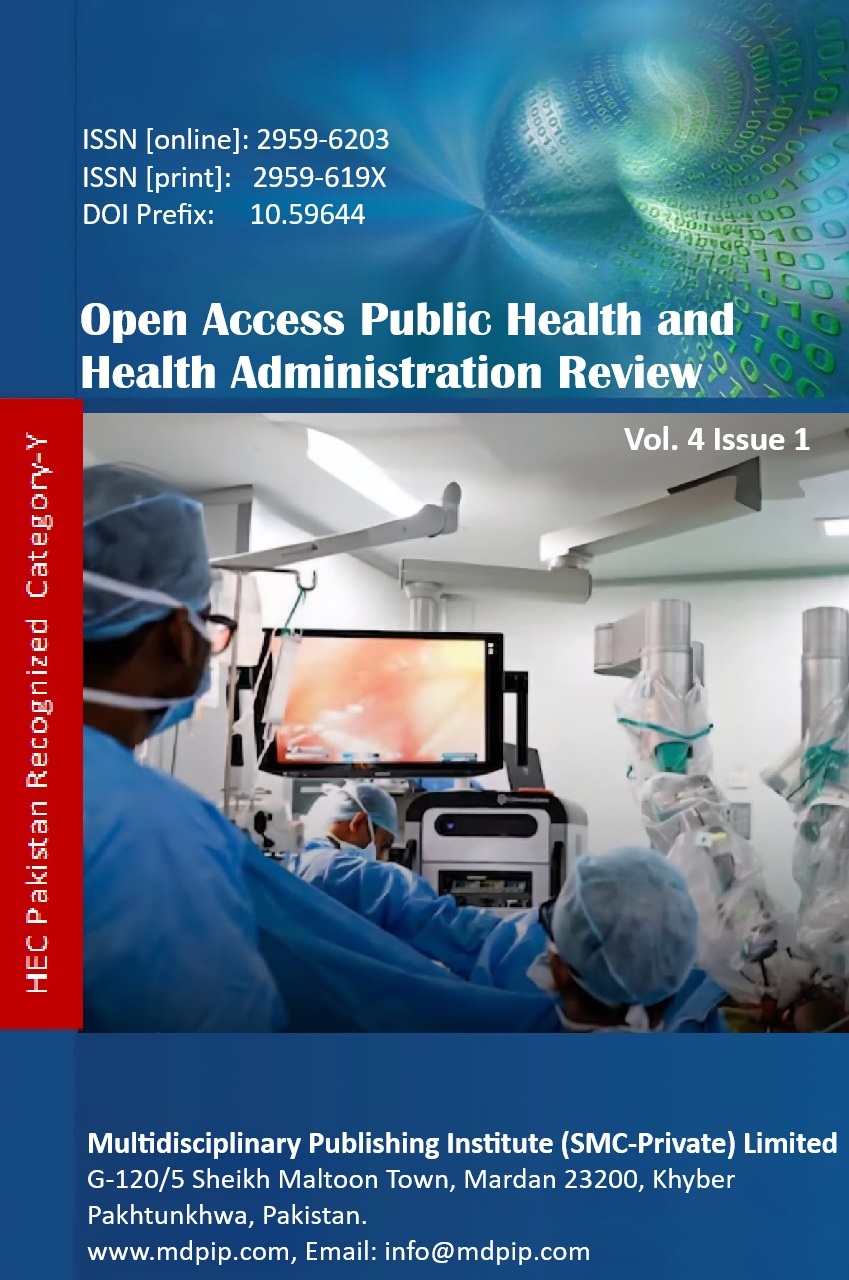An Empirical Study of the Prevalence of Free-living Protozoans from the River Indus, Sindh, Pakistan
DOI:
https://doi.org/10.59644/oaphhar.4(1).181Keywords:
Protozoa, Monogeneans, Trematodes, Freshwater, Prevalence of Infection, Indus RiverAbstract
Protozoa are unicellular eukaryotic organisms that exist in biomes, both land and water. Out of about 200,000 currently known species of protists, over 199,000 (or about 99 %) are autotrophs or heterotrophs that occupy free-living niches, while the rest, only 1%, are obligate symbionts that live inside or on a definite host organism. The research aimed to conduct an empirical study of the prevalence of free-living protozoans from the River Indus, Sindh, Pakistan. In the case of a research study on the water quality of rivers in Hyderabad, Sindh, Pakistan, the polypropylene water bottles and plastic zip-lock bags were used to fill the samples of river water in the River Indus. To ensure the understanding of measurements of dissolved oxygen, free CO2, phosphate, nitrate, and biological oxygen demand, water samples were put through several standard analytical processes. Results indicate that Amoeba proteus exists at high levels in every season, particularly in winter and summer. The Paramecium was most abundant during the summer. In contrast, the number of Tintinnopsis became moderate all year, but they increased a bit during the monsoon. The winter and summer months saw the lowest numbers for Oxytricha, possibly because it isn’t as adaptable to its surroundings. This virus remains stable most of the year, except for a small increase in the summer. These results highlight the usefulness of protozoan surveillance as a bioindicator in measuring the level of water quality, as well as give credence to the notion that there should always be periodic surveillance and analysis in determining policies guiding the preservation efforts.






